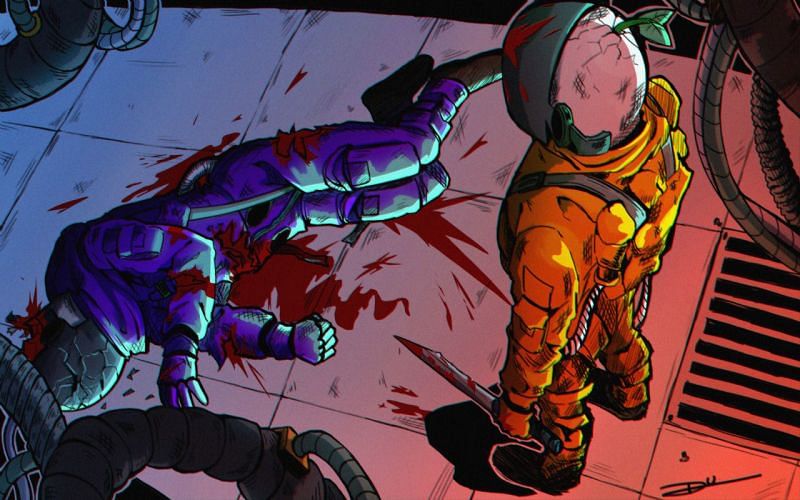
How Among Us pays homage to Agatha Christie and the "Whodunit"

And Then There Were None. Knives Out. Among Us.
The one common link between the three titles above is that of the 'Whodunit,' a complex detective story that has flourished ever since the Queen of Crime, aka Agatha Christie, popularised the genre.
While the first two are successful films based on the classic murder-mystery tale, the latter is a hugely successful game dominating the gaming charts for a while.
Initially released in 2018, after lying dormant for almost two years, Among Us recently witnessed an unprecedented growth in popularity, especially since prominent streamers began playing it.
Today, Among Us is, without a doubt, the internet's favorite game, with personalities such as US Congresswoman Alexandria Ocasio-Cortez and Game of Thrones star Julius "The Mountain" Bjornsson trying their hand at it.
While the game's developers, InnerSloth, have certainly done a tremendous job in delivering a wholesome indie gem, if one were to analyze the game's roots, it would undoubtedly stem back to the crime-infested, dubious world brought to life so stunningly by Agatha Christie.
Tracing Among Us to the works of Agatha Christie

Dame Agatha Christie is one of the most celebrated novelists ever, who made a name for herself as the undisputed Queen of Crime.
Her influence in the realm of mystery novels has been immense and unparalleled. She is responsible for introducing the world to characters such as Hercule Poirot and Miss Marple, each of whom have built up their unique legacies.
In several ways, Among Us is similar to the Whodunit style of Agatha Christie's novellas, most notably The Mysterious Affair at Styles (1920) and And Then There Were None (1939).
The Whodunit plot has evolved significantly over the years, as modern civilization continues to regard it as an extremely popular genre, popularised of late in ensemble films such as Rian Johnson's "Knives Out" and Kenneth Branagh's "Death On The Nile."

Detective Hercule Poirot would eventually become her greatest creation, akin to Sir Arthur Conan Doyle's Sherlock Holmes. The use of guile and tact to determine the murderer, or 'Impostor,' is a common trope in several of her novels.
Her most influential work, which exemplifies the Impostor motif, is And Then There Were None, which has become synonymous with ushering in the era of the mystery tale.

Among Us builds upon this very foundation and uses an outer space setting where innocent civilians (Crewmates) are at the mercy of a sinister, conniving, and cold-blooded murderer (Impostor).
Themes of the outsider and the 'other' also make their way into the picture, as a sense of foreboding descends upon the environment, akin to a game of Among Us.
These usual tropes feature a group of ten strangers arriving on a mysterious island, only to be killed off one at a time. The murderer in question succeeds via a combination of deception and conviction.

These are the same traits found in an Impostor in Among Us, as he/she digs deep and builds up an impenetrable alibi at the expense of innocent Crewmates.
There is always an element of fear and suspense involved in a game of Among Us, as it is often a player's best friend who turns out to be the 'wolf in sheep's clothing.'
This endless cycle of deception, mystery, and murder thereby finds resonance in various forms of media today, as people often come across several films and works of literature that adapt and attempt to emulate Agatha Christie's Whodunit trope.
Moreover, the use of a confined space interwoven with psychological elements at play further helps establish the connecting motifs of dread, doubt, and deception found in Among Us.
The key takeaways would be the eternal psychological battle of wits, combined with fast-paced action and the power of convincing via dialogue, themes central to the overlapping worlds of Agatha Christie and Among Us.
In conclusion, Among Us may very well have popularized the term, but Agatha Christie was always one step ahead in determining who indeed was acting sus all along.